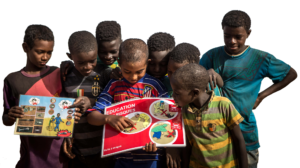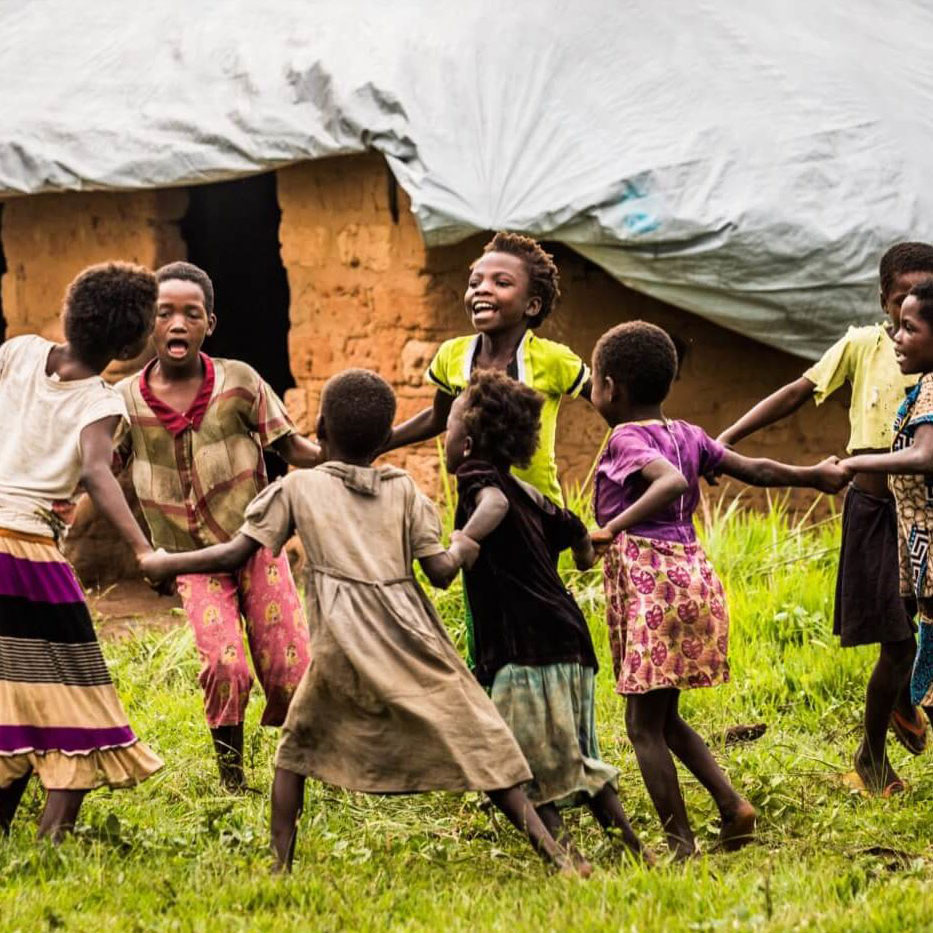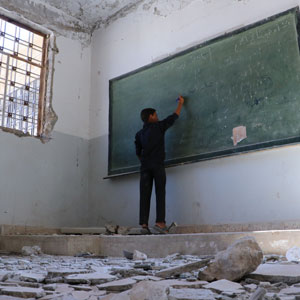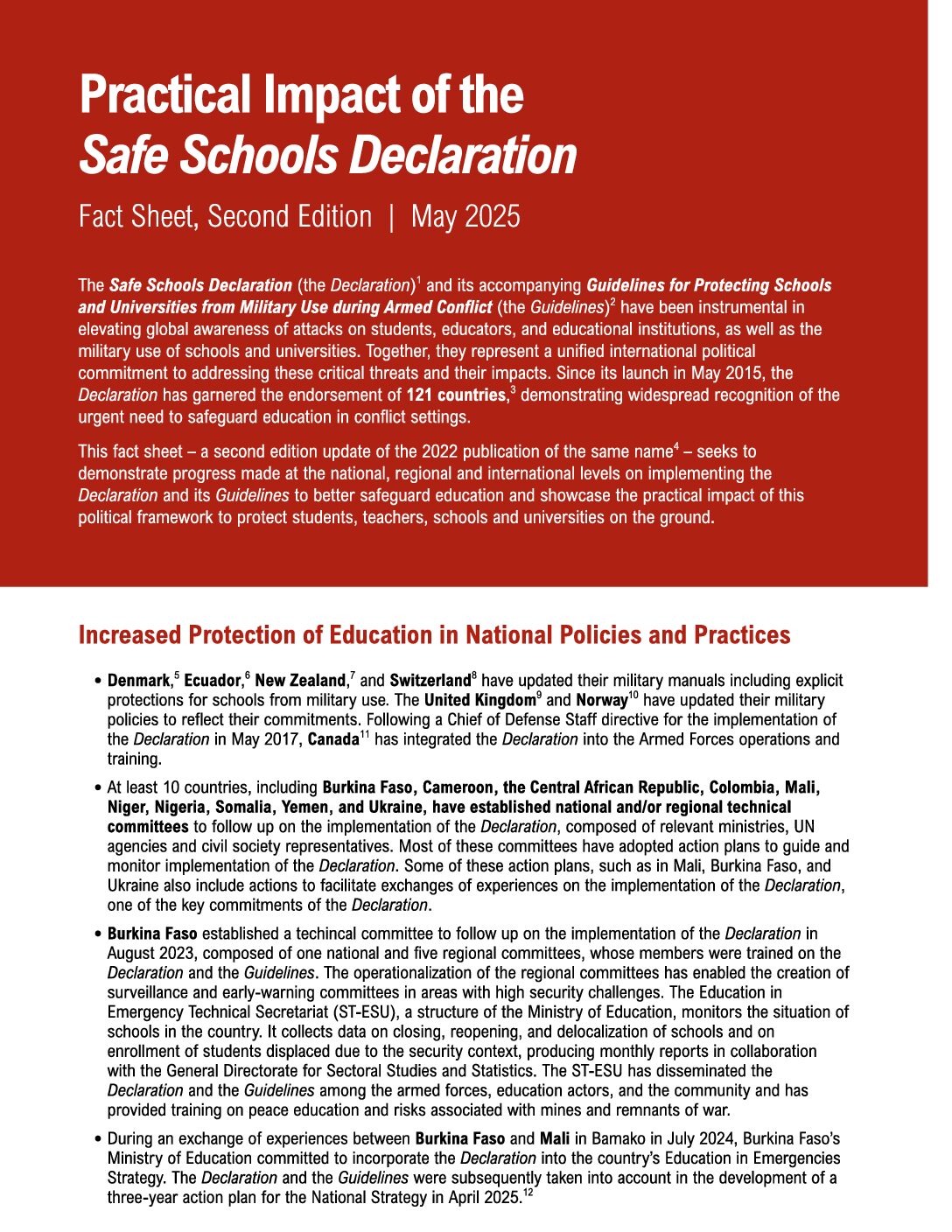GCPEA News
Jewish-Arab school attack scars Jerusalem’s troubled co-existence
Reuters US, December 2, 2014
BY NOAH BROWNING AND MAAYAN LUBELL
(Reuters) – The Hand in Hand school in Jerusalem presents an almost too-perfect scene in a tense and divided city, where Jews and Arabs do daily business but rarely befriend one other.
Classrooms are decorated with pictures of doves bearing olive branches, while pupils from both communities are as likely to greet their bilingual teachers with a “Shalom” in Hebrew as with an Arabic “Sabah al-khair” in the morning.
In an English class this week, 12- and 13-year-old Arab and Jewish children were learning the words to “Imagine”, in which pop singer John Lennon invited listeners to contemplate “all the people living life in peace”.
But last Saturday, the hatred that has surged in Jerusalem in recent months intruded on Hand in Hand, which has tried to foster unity since its founding in 1998. One of its classrooms was set ablaze, books were burnt and graffiti reading “Death to Arabs” was sprayed on a wall.
No one was around during the attack, which police suspect was carried out by far-right Israelis. But it reflected how ethnic tensions have spilled into violence, including four Jewish worshippers and a policeman shot or knifed to death by Palestinians in a synagogue last month.
The city has long been divided. Western districts are mostly Jewish while Palestinians live to the east – over the invisible “Green Line” that marked the line separating Israel and Jordan until a 1967 war when Israeli forces took over East Jerusalem.
About half a million residents are Jewish, including 200,000 in settlements in occupied East Jerusalem, while a little over 300,000 Palestinians live in the city.
Divisions have hardened as Israeli forces erected roadblocks between Palestinian and Jewish areas to limit the attacks. Nevertheless, Jews and Arabs have long lived almost side-by-side in some districts, including where Hand in Hand is based.
On one side of the street is the Palestinian neighborhood of Beit Safafa; on the other the Jewish district of Pat. The local Arab-run supermarket is popular with Jewish shoppers, especially on Saturdays when Jewish shops are shut, and Jaqueline the Arab hairdresser caters to everyone.
Yet such is the mutual suspicion that contact is mostly limited to simple transactions. “We are an Arab island in a sea of Israeli settlements,” says Abdul Kareem Lafi, a leader in the city’s Arab school system who lives in Beit Safafa. “There are no relations to speak of with our Jewish neighbors.”
For Lafi, Israel’s 47-year occupation taints any effort to live equally. “Until we are given our political rights, we see ‘coexistence’ as normalizing the Israeli occupation and the stealing of our land,” he said.
Arik Sporta, Hand in Hand’s principal, wants to overcome precisely this sort of division, especially since the attackers also sprayed “There is no coexistence with cancer” on the school walls. “If there is anything saving Israeli democracy these days, it is activity like ours,” he said, the muezzin’s call to prayer sounding from a nearby mosque. “We just feel stronger.”
TROUBLED TOGETHERNESS
In other partly mixed neighborhoods, such as Musrara near the Old City, Jewish delivery men unload crates of Hebrew-labeled fruit and vegetables at Arab stores and there are conversations across the divide, but little more.
“Jews come over from there to shop, although less than before,” said resident Jameel Hassan. “We speak Hebrew to them and many of them have even learned a little Arabic.”
Palestinians’ sense of subjugation has deepened recently, says Daniel Seidemann, an Israeli lawyer, analyst and campaigner for Palestinian rights in East Jerusalem.
The change has occurred since last summer’s war between Israel and Palestinians in Gaza, and a subsequent dispute over access to Jerusalem’s holiest site, known to Muslims as the Noble Sanctuary and to Jews as Temple Mount.
“In the fiber of their national movements, Israelis and Palestinians do not aspire to share a society,” said Seidemann. “There is a mutual familiarity, not a brick wall, but little coexistence on an equal footing. Arabs are inevitably the clerical staff or the dishwashers, almost never the managers.”
This is why Hand in Hand – which has 620 pupils, half Israeli Jews and half Israeli Arabs or Palestinians – feels such an obligation to build understanding.
Sometimes it works. Ronit Rosenthal has two teenage daughters at the school who speak fluent Arabic and Hebrew, and have Arab and Jewish friends. “They hang out together at the mall, go to the movies, have parties,” she said. “The students learn the complexities; they are able to listen and accept the fact that the person next to them has a different story.”
But Hand in Hand has just five schools in Israel and remains an exception; self-segregation is more common, especially in Jerusalem.
Ziad Ziad, an Arab who lives in Abu Tor, a mixed district on the Green Line, said contempt for Jewish neighbors was rising, especially since police set up road blocks splitting the area.
“Even in better times, we barely traded a ‘hello’ or ‘how are you?'” he said. “They can see how this barrier has cut us off… It makes us angry.”
(Editing by Luke Baker and David Stamp)



